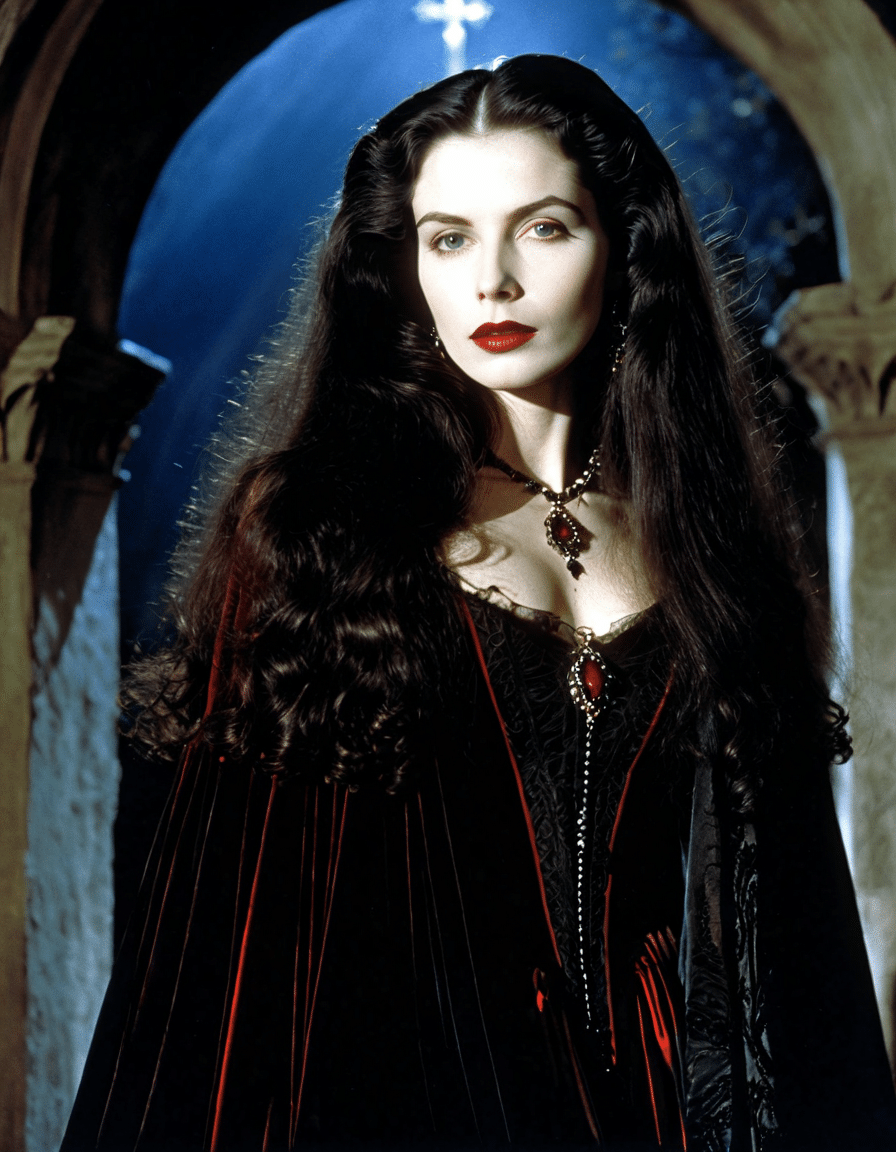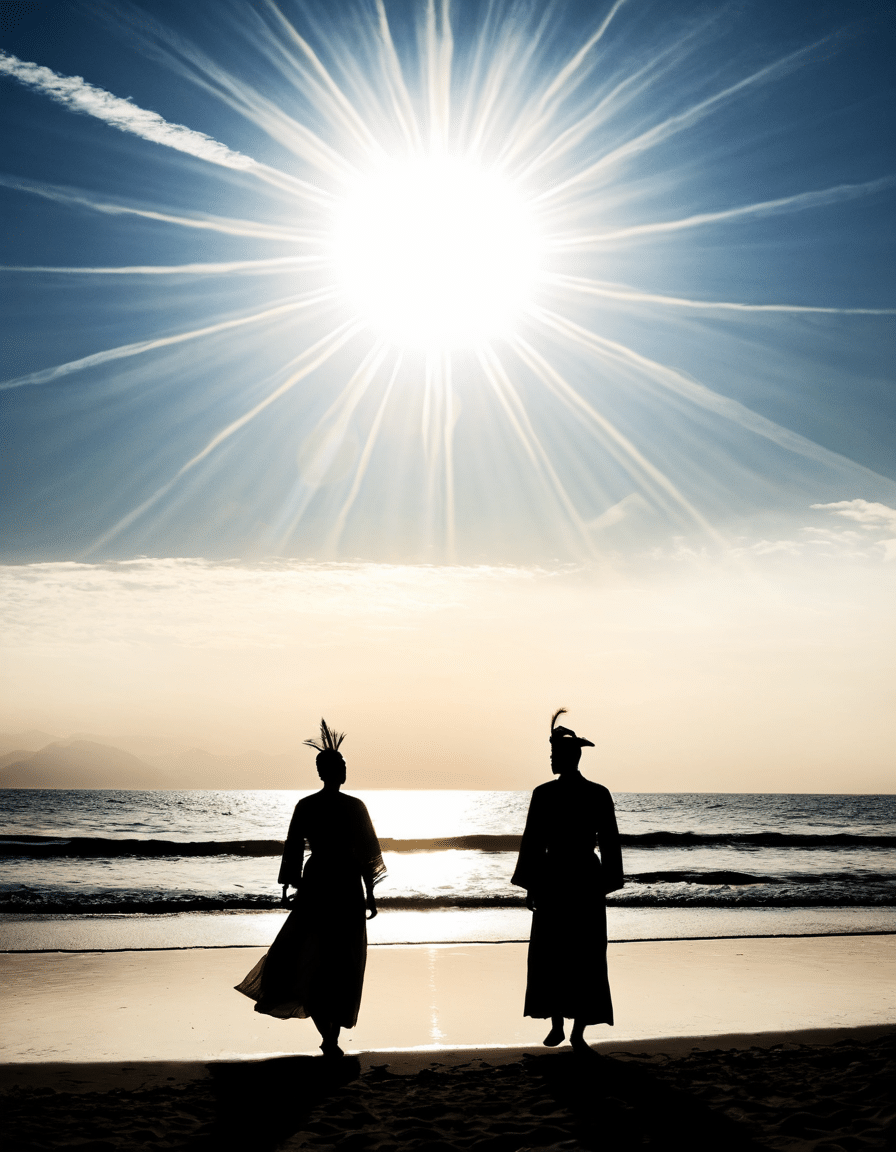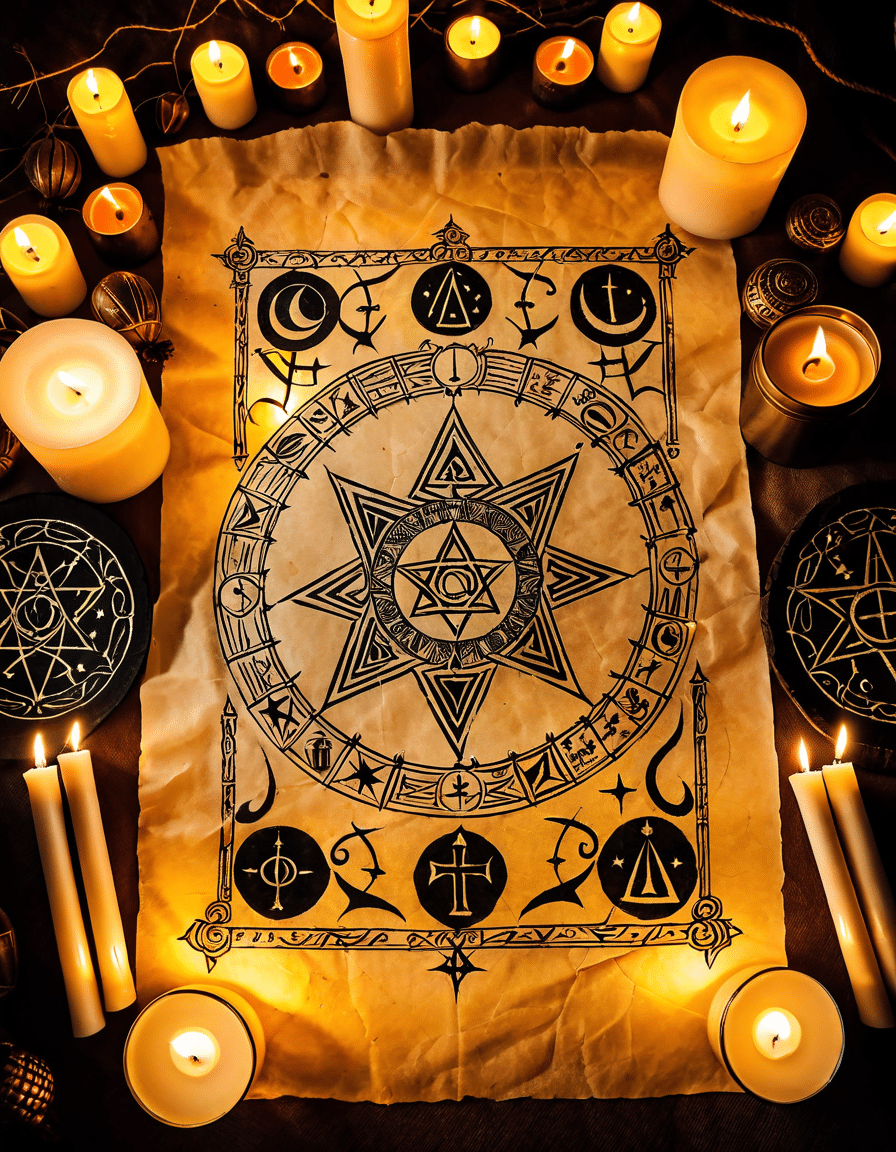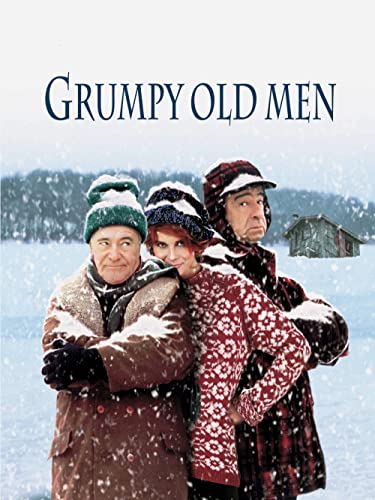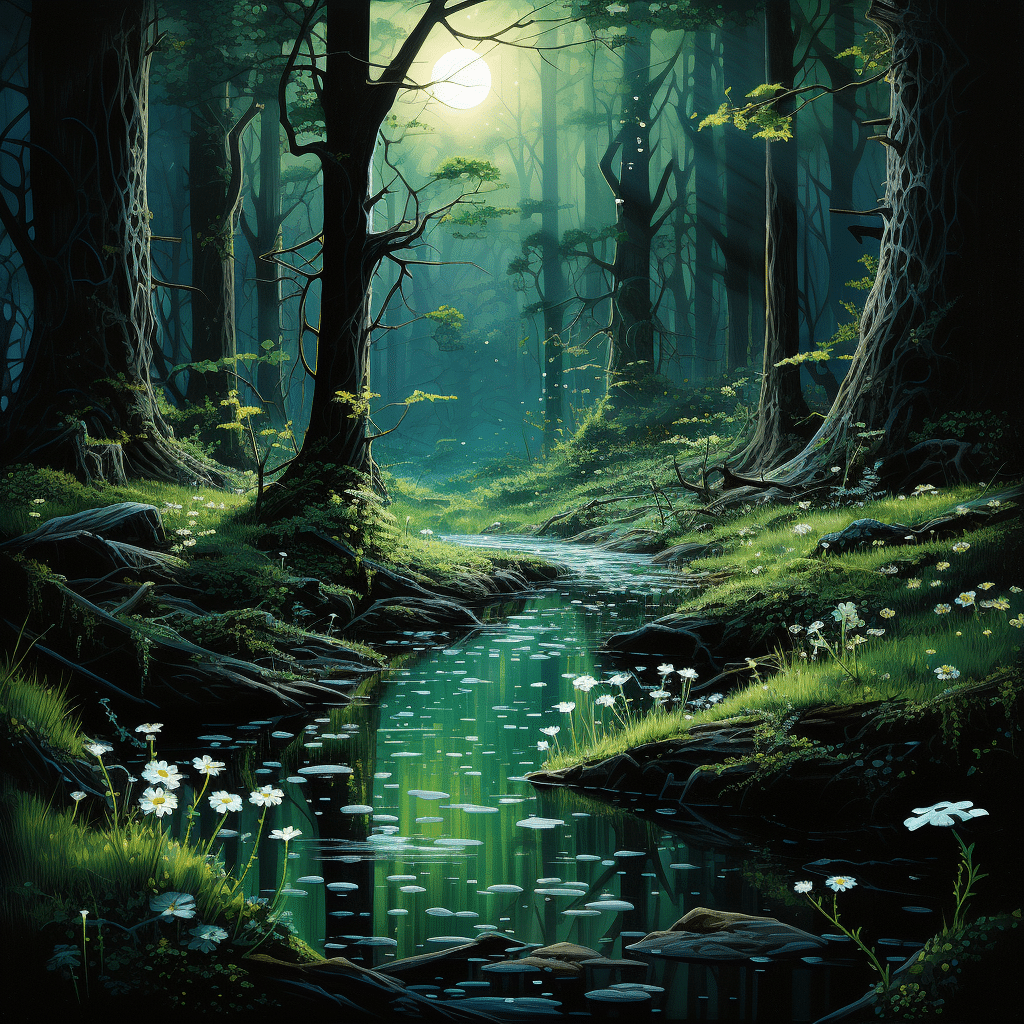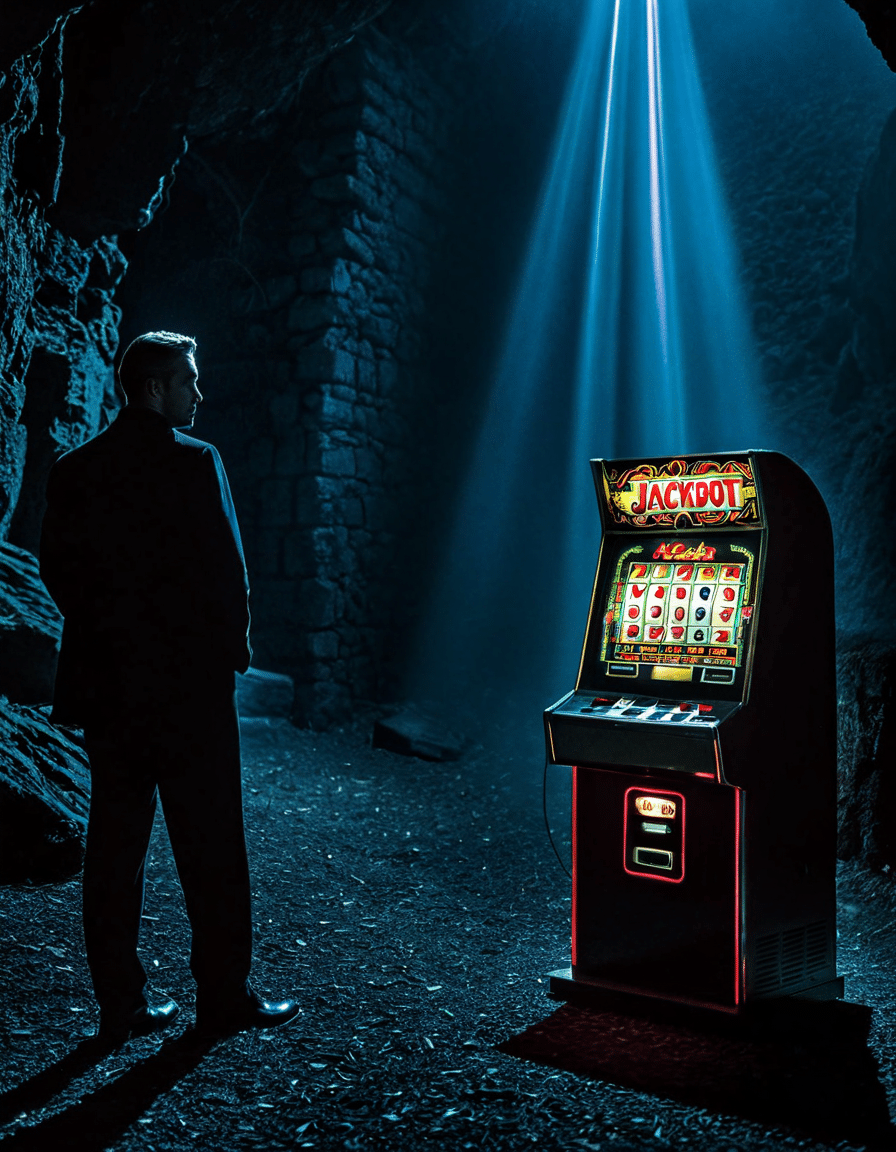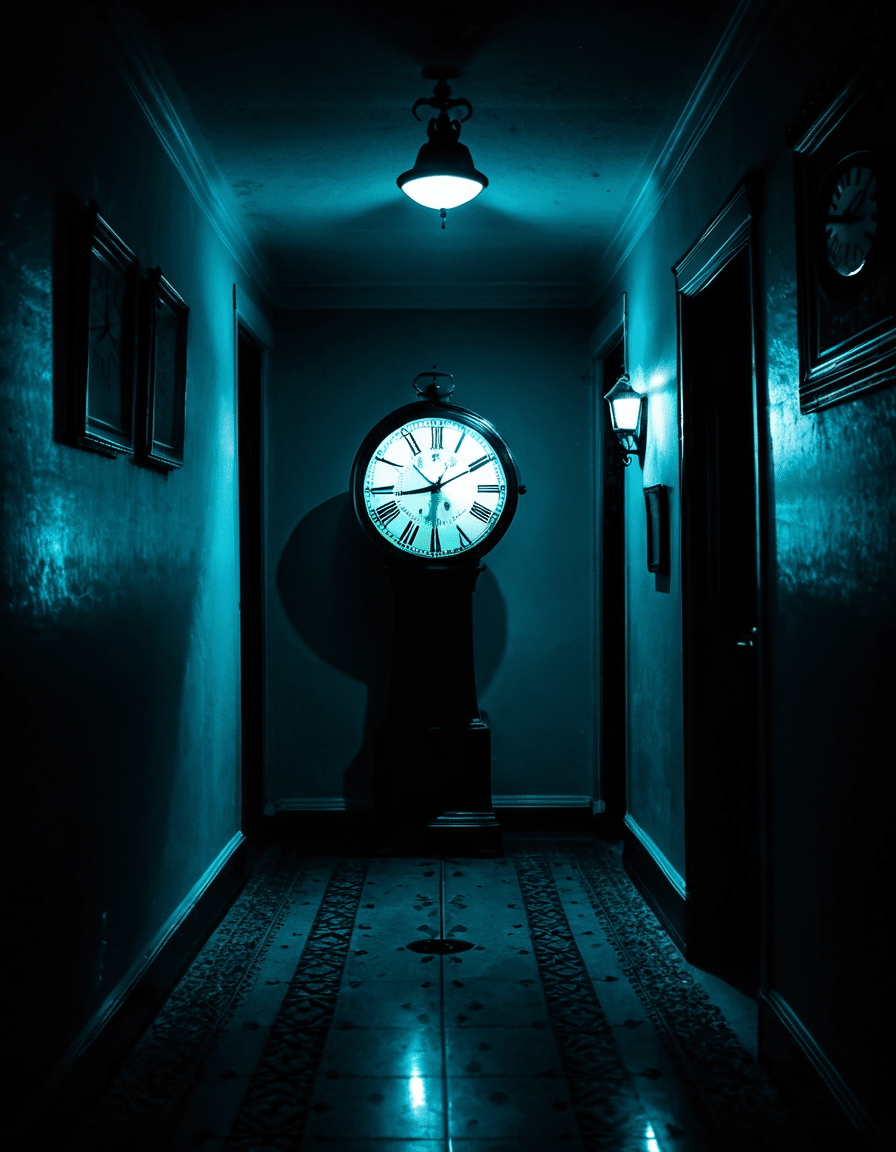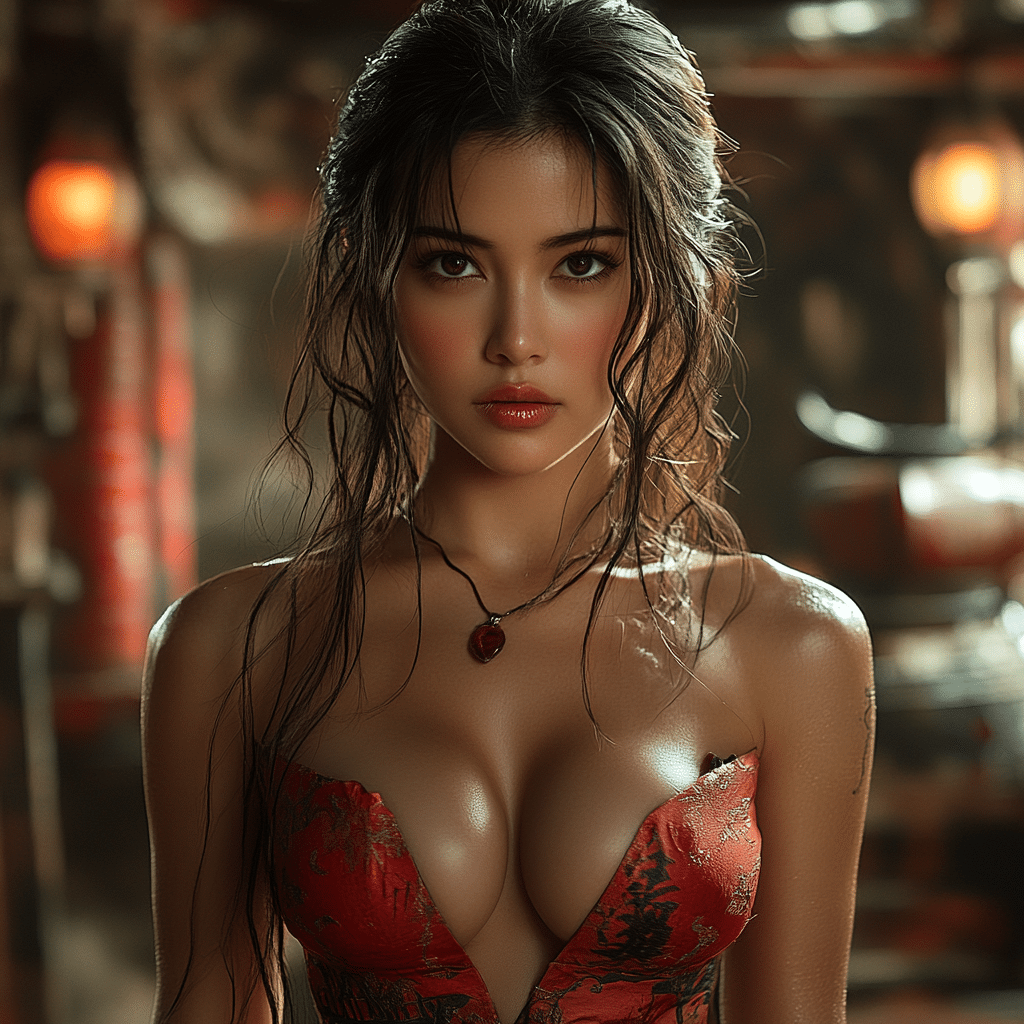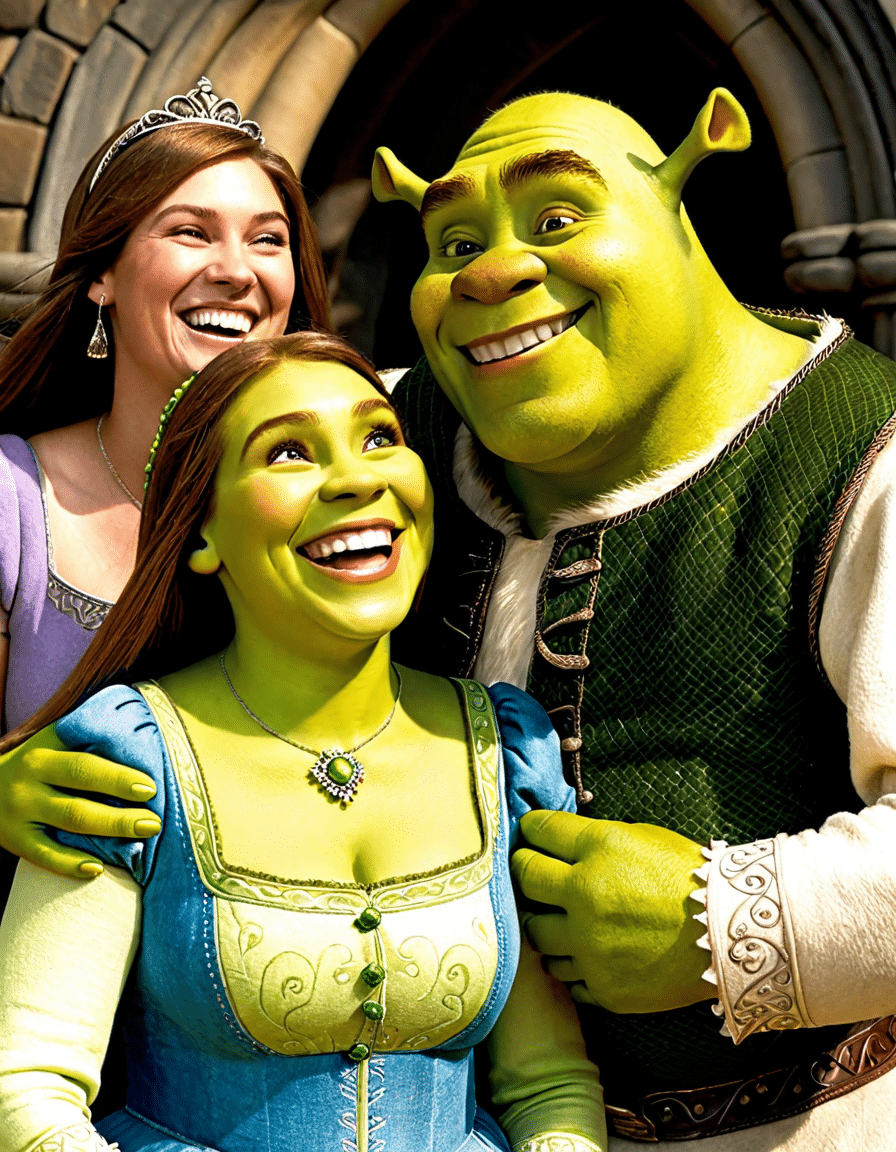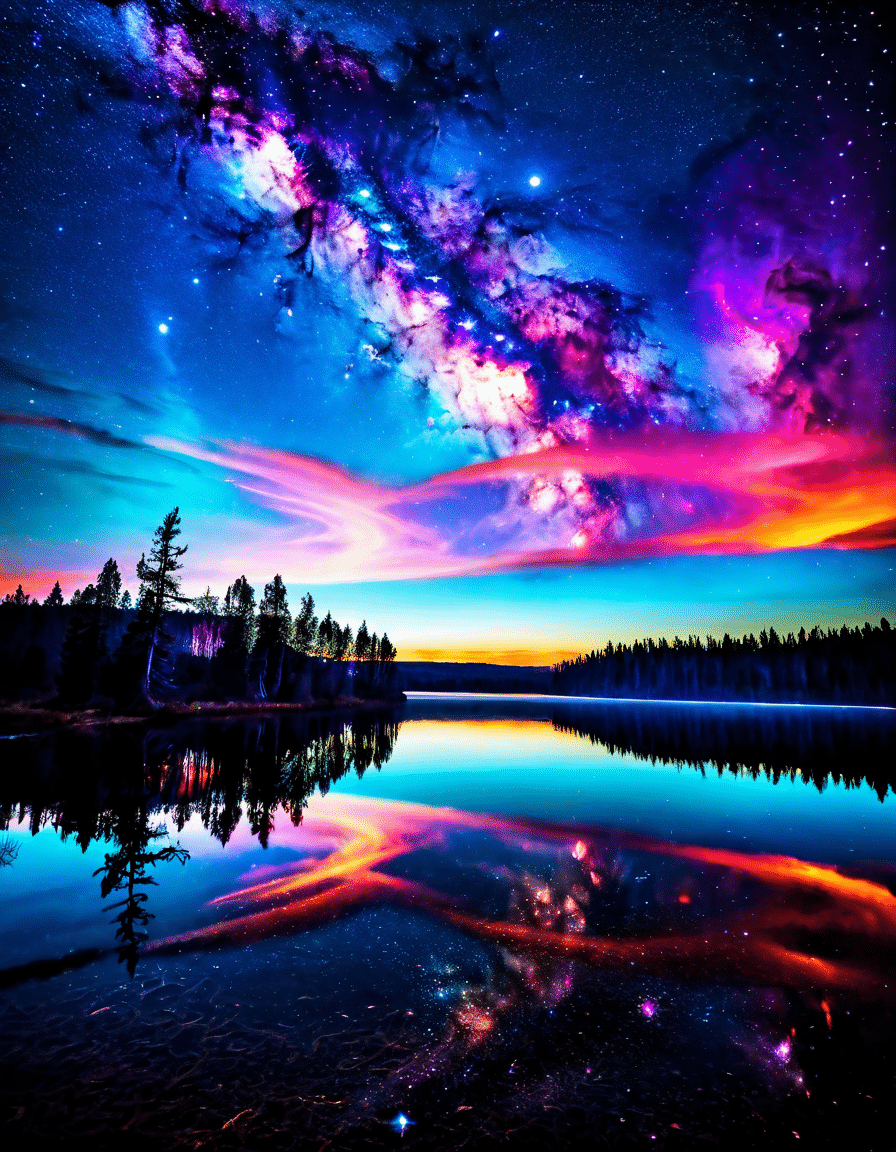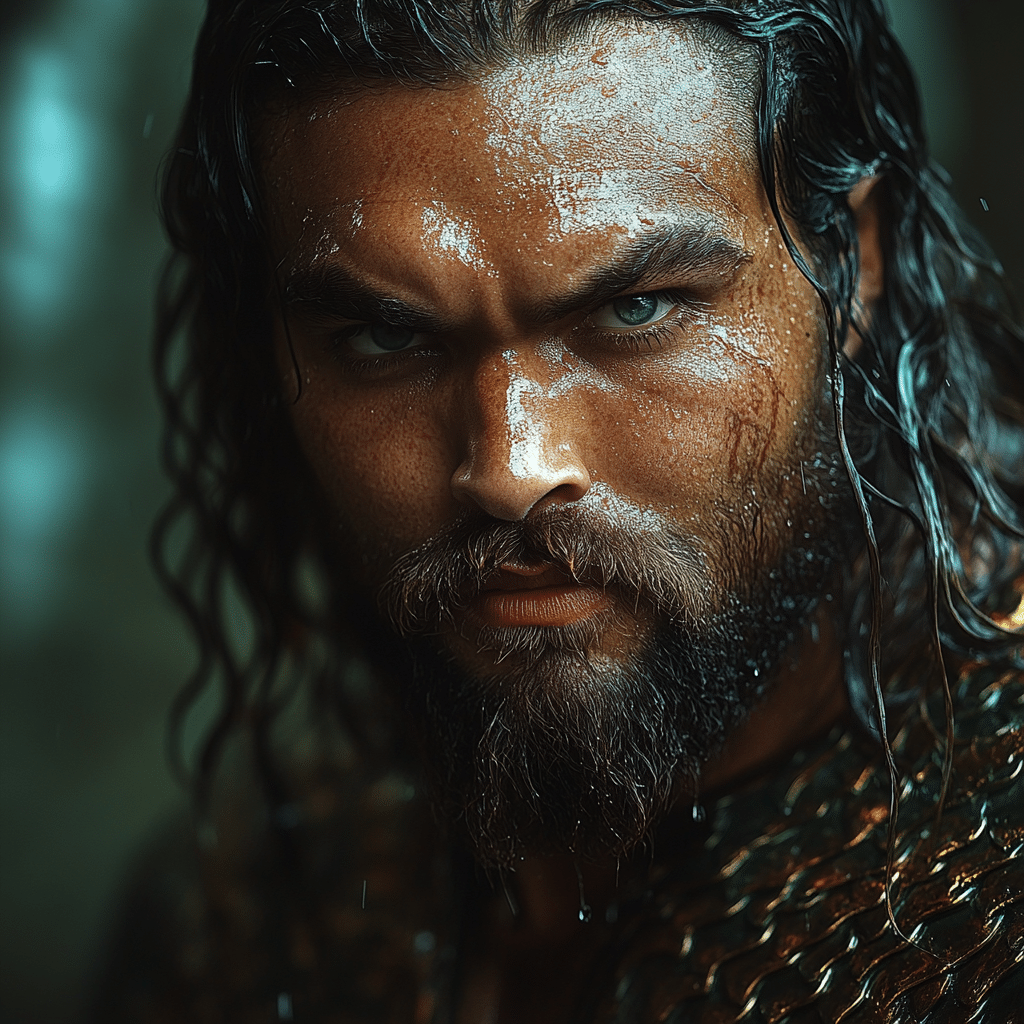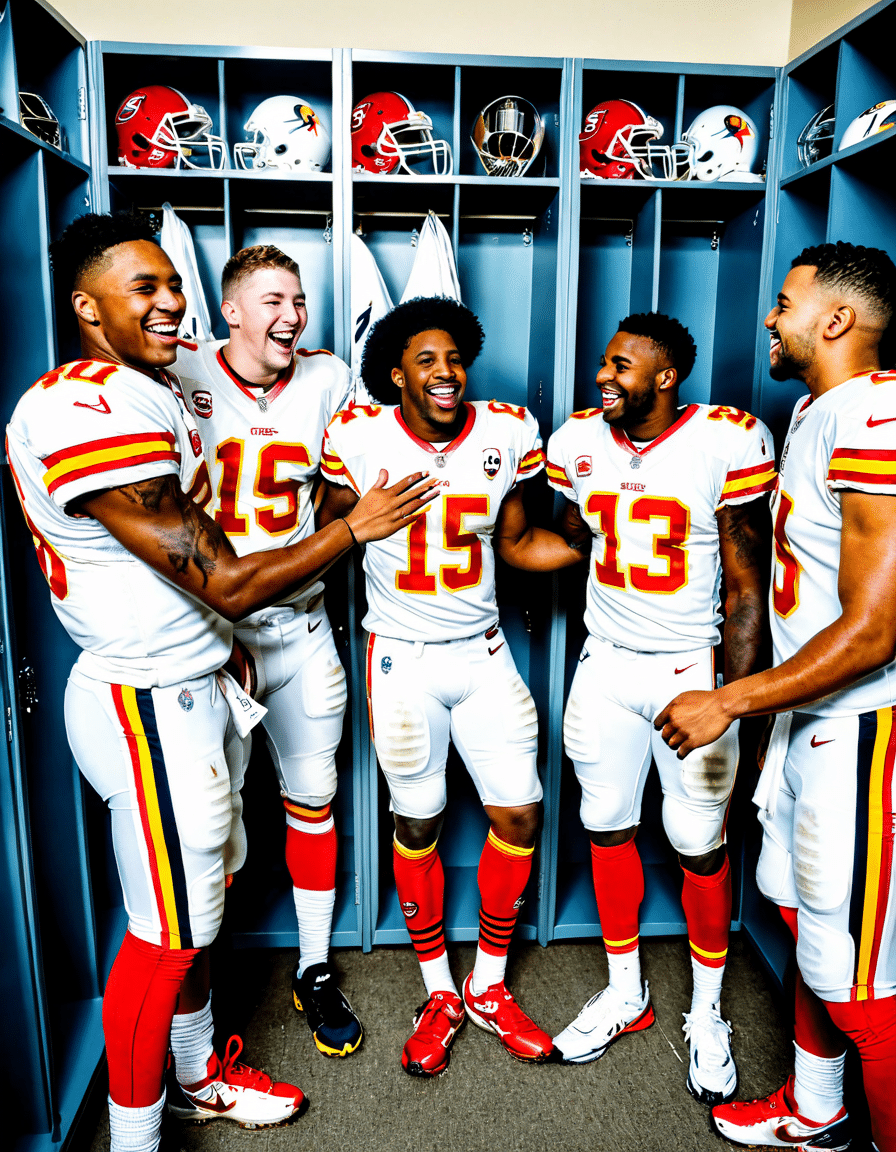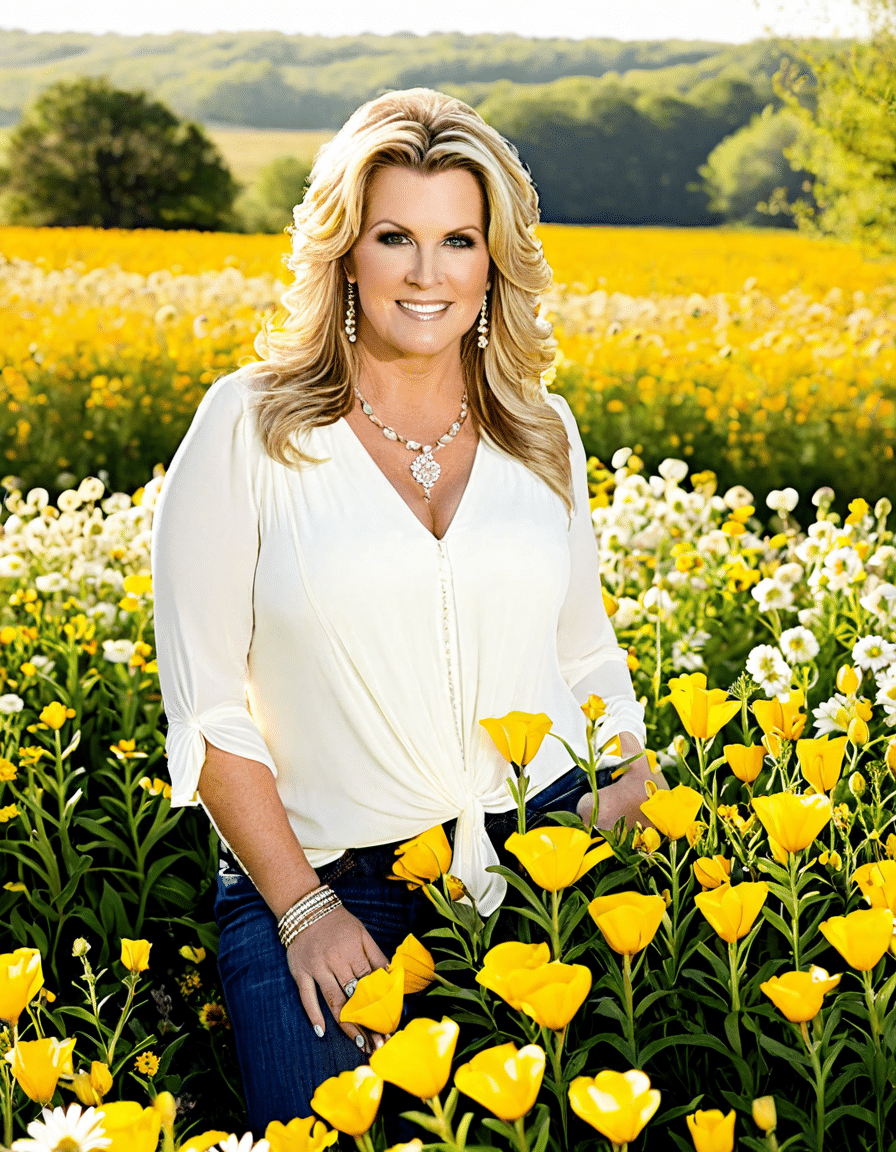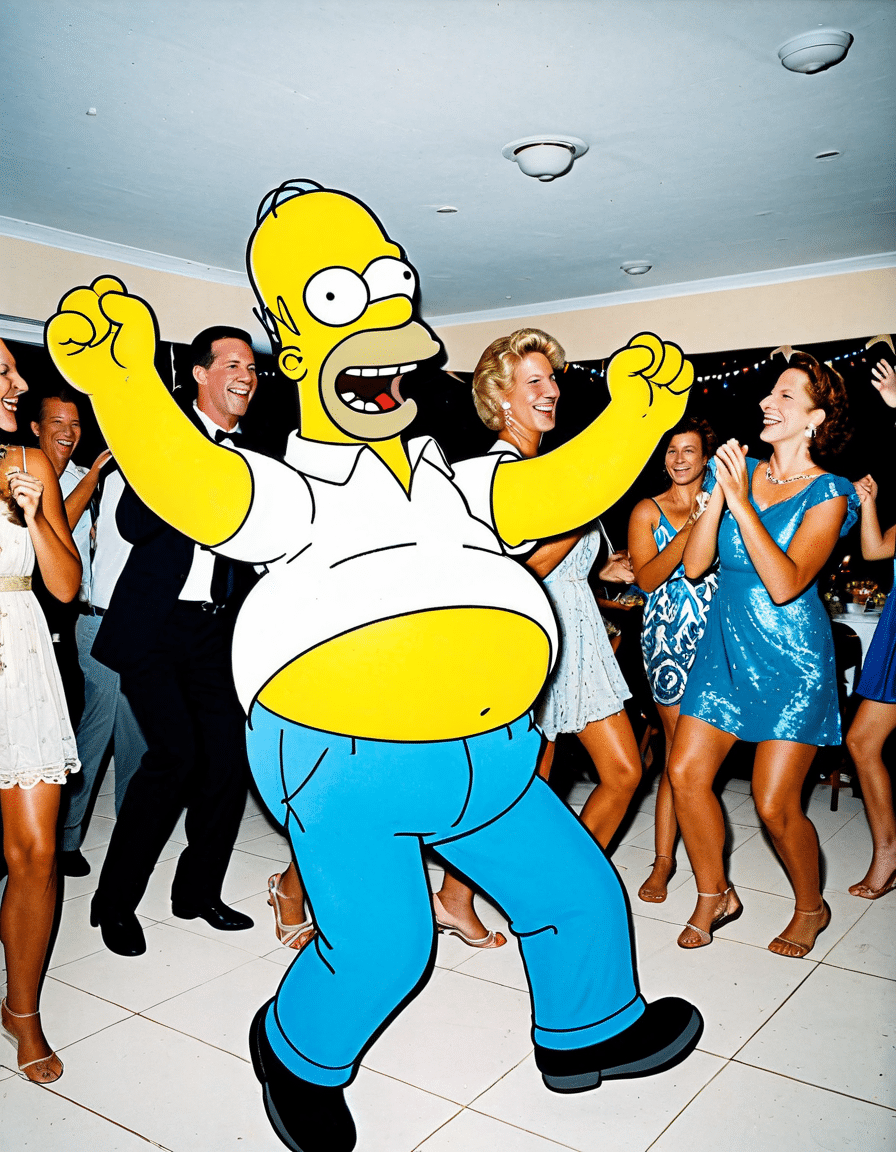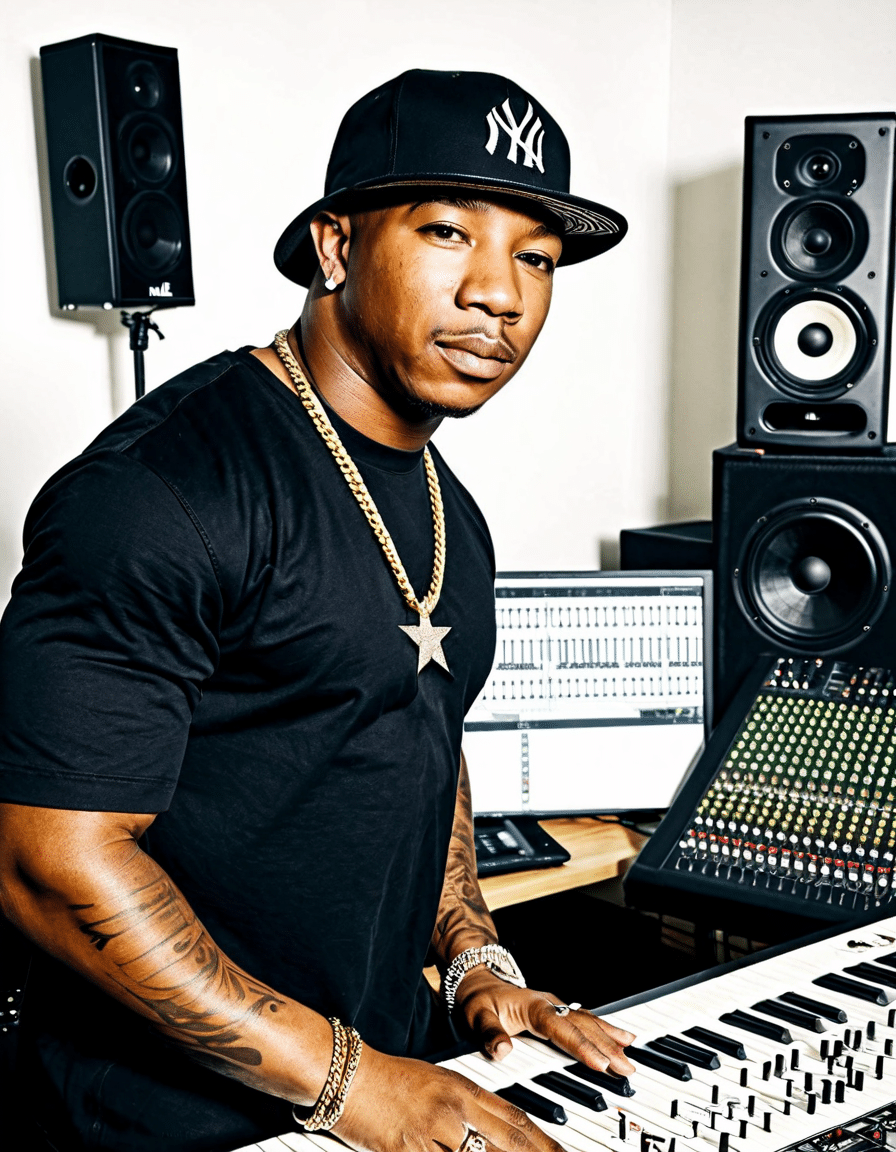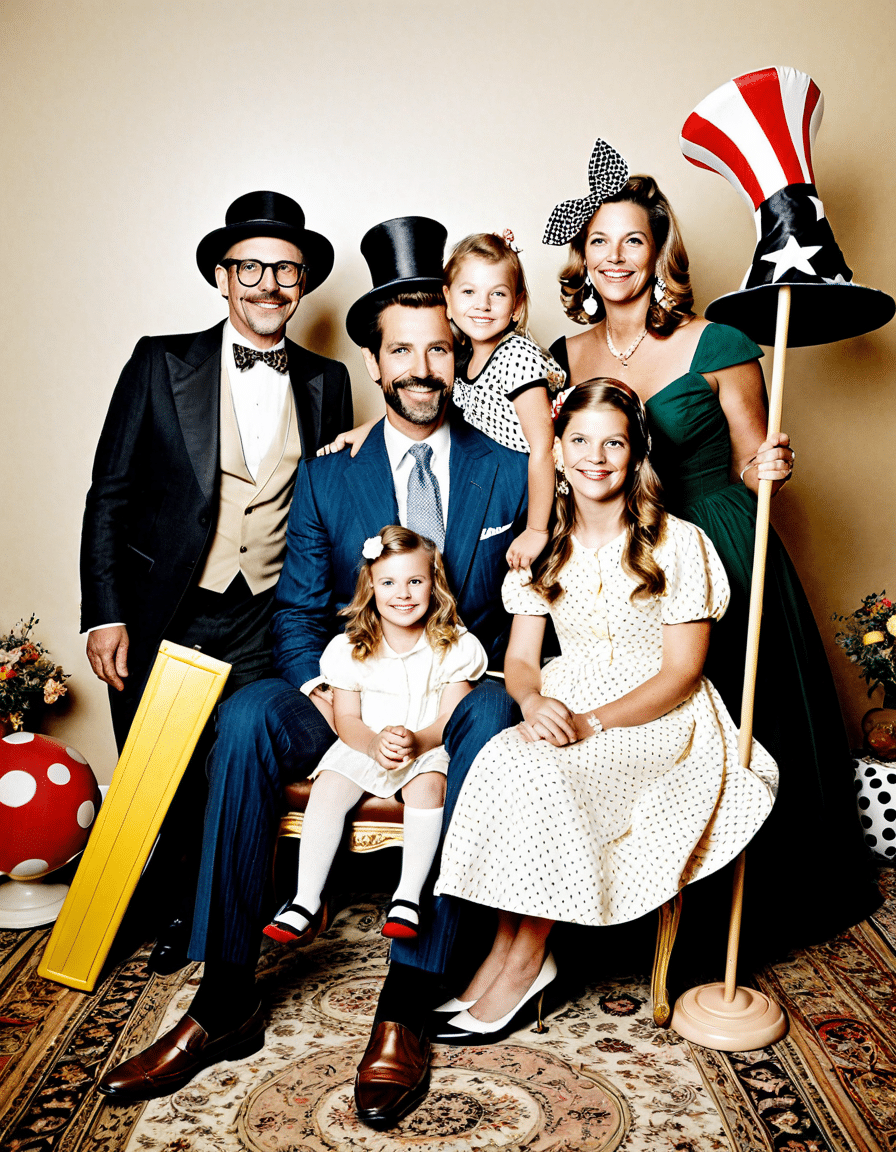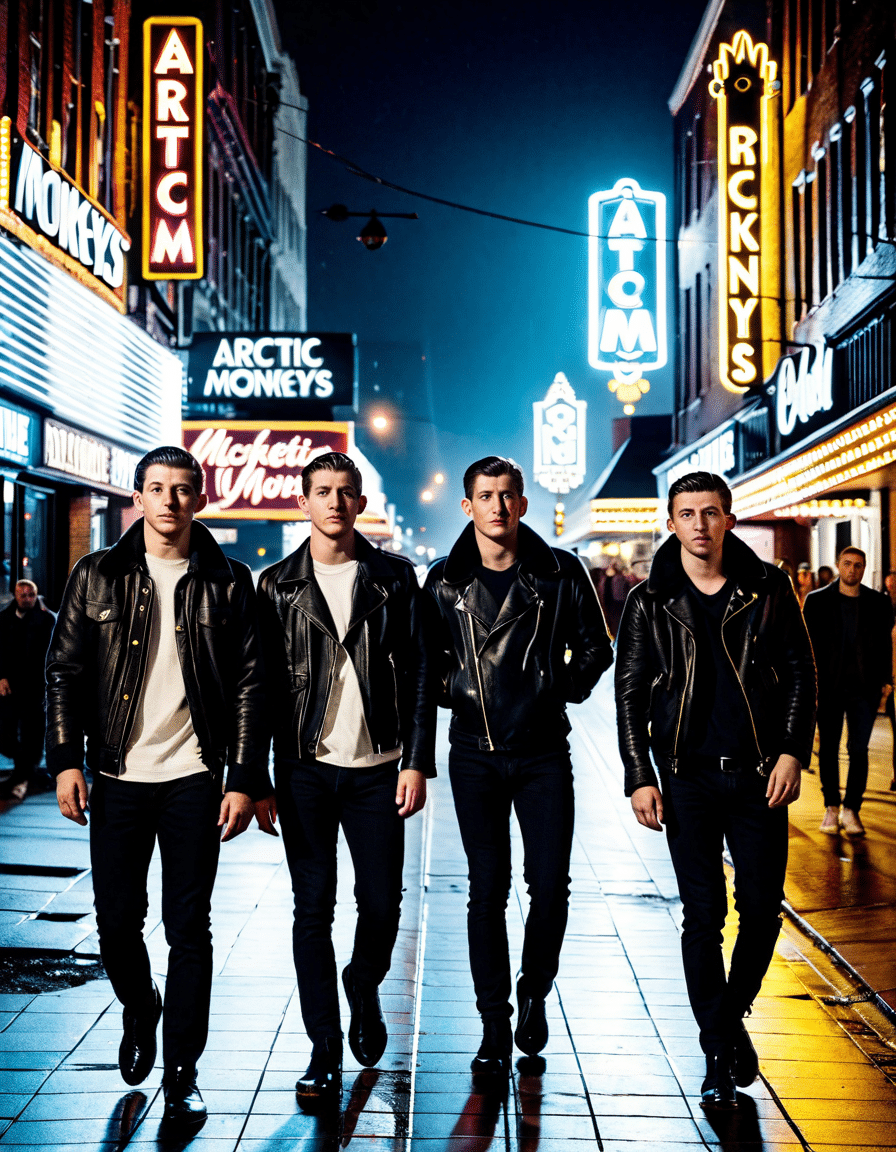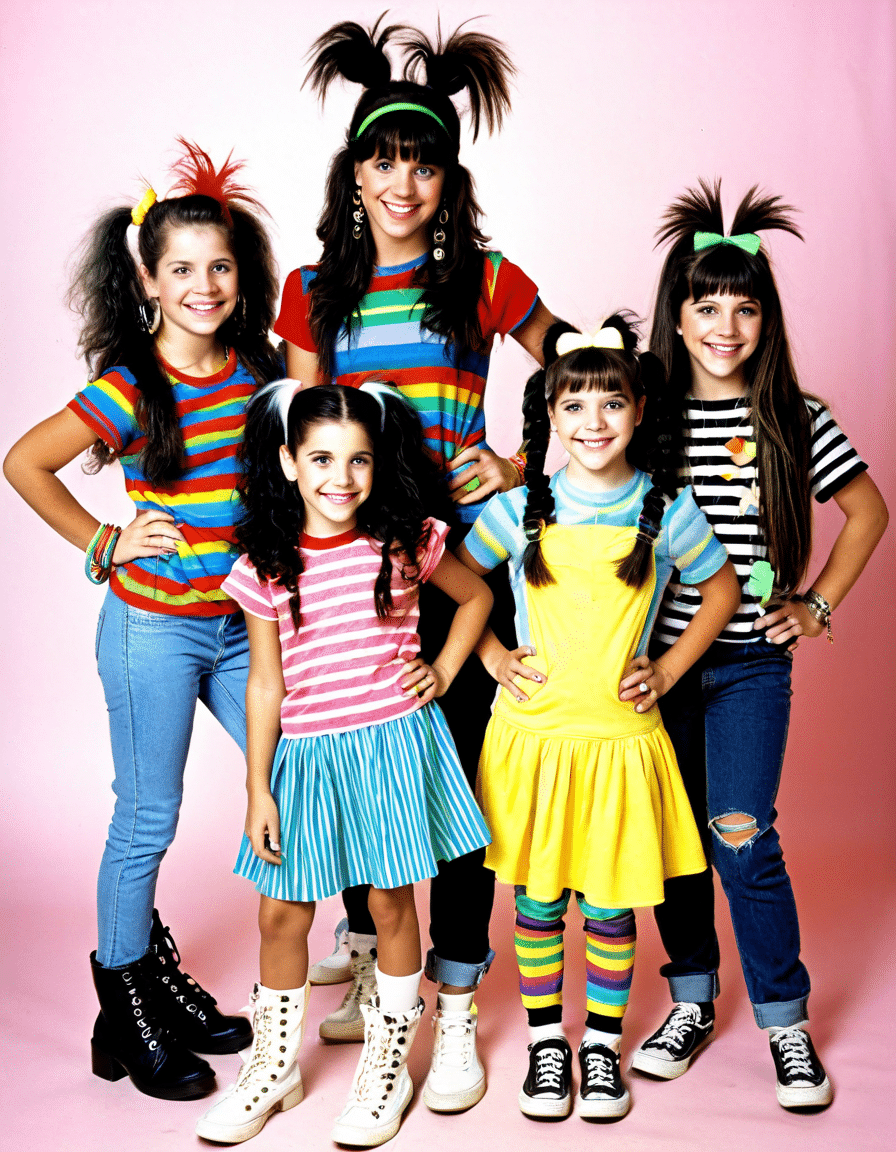Bram Stoker’s Dracula is a literary masterpiece that haunts the corridors of horror fiction. First gracing the world in 1897, this captivating novel is celebrating its 129th anniversary in 2026—a time when the tale of Count Dracula continues to capture the imaginations of audiences everywhere. Most fans will agree that there’s something about the allure of Dracula that transcends cultural and temporal boundaries; it has influenced countless adaptations in film, theater, and literature. So, let’s sink our teeth into the many fascinating facets of Dracula, exploring its impact on popular culture, psychological themes, and the evolution of its myriad adaptations.
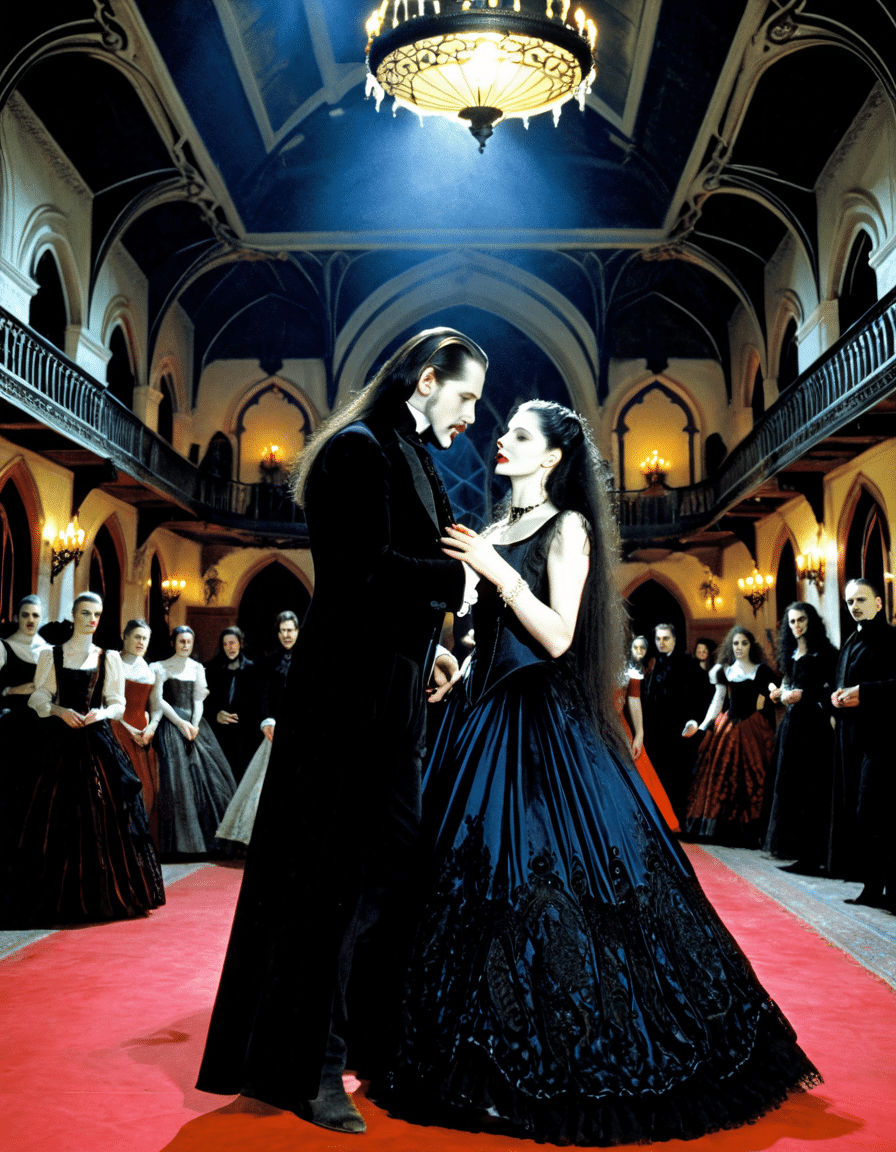
## Bram Stoker’s Dracula: The Timeless Legend of Horror
The literary genius of Bram Stoker’s Dracula has struck gold time and again, inspiring a plethora of adaptations that reflect both horror and creativity. Here’s a rundown of seven noteworthy versions that showcase the novel’s infectious spirit:
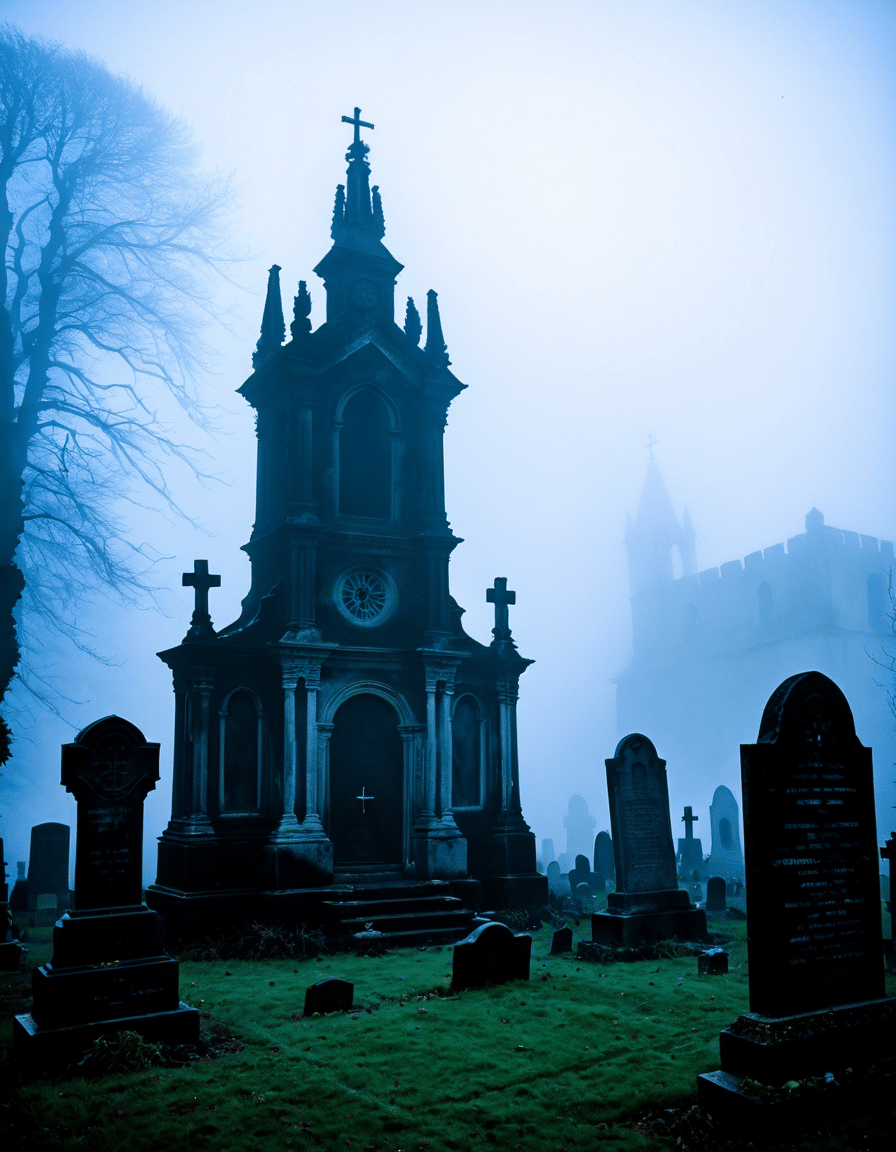
Psychological Themes in Bram Stoker’s Dracula
But hold your garlic—there’s more to Dracula than just blood and bats. The novel is interspersed with complex psychological themes that echo loud and clear even today. For instance, the conflict between civilization and savagery hangs thick in the air, personified in Dracula himself, representing a clash between modern Victorian ideals and primal instincts.
The fear of the Other, prevalent in Stoker’s time, resonates today in discussions surrounding immigration, sexuality, and disease. It’s fascinating how this ancient vampire tale captures the everyday anxieties we face in our globalized world. And let’s not overlook the portrayal of women in the novel, where one could argue that Lucy Westenra pushes the boundaries of gender norms even while reflecting the era’s patriarchal fears. Through vampirism as a metaphor for sexual liberation, Dracula invites readers to grapple with questions surrounding identity.
Furthermore, the themes concerning the struggle for dominance, identity, and morality still tongue-twist our minds like an ill-fated love affair. The characters’ complexities provide fodder for wider discussions about societal expectations and personal liberation. In essence, Dracula compels readers to contemplate not just the dangers of the night but also the shadows lurking in their own lives.
The Enduring Legacy of Bram Stoker’s Dracula
Bram Stoker’s Dracula has etched itself into the cultural fabric, influencing modern horror literature and even defining the genre. It’s not merely about bloodsucking monsters; it reflects the human experience—our fears, desires, and that pesky darkness that coexists with the light. From festive costume parties that make Halloween a delight to scholarly discussions about literature, Dracula lives on as a representation of humanity’s battle against its darker elements.
As we move further along in the 21st century, the adaptations keep coming: think immersive virtual reality experiences or opera adaptations that bring fresh interpretations to Stoker’s timeless tale. Dracula continues to evolve, allowing creators to enrich the themes of loyalty versus betrayal and love versus obsession, keeping Stoker’s spirit alive amid contemporary fears.
There’s something oddly comforting in the knowledge that Dracula will forever occupy a special place in the horror canon. Whether you’re grabbing a popcorn bucket for a late-night binge or attending a lecture on literary influences, the chilling essence of Bram Stoker’s vision remains a vivid reminder of our fascination with the shadows.
So, dear reader, as you ponder the complexities of good ol’ Count Dracula and his eternal dance between light and darkness, know that you’re part of an ongoing tradition. In the end, you might just find yourself mesmerized by the age-old tales that continue to draw us closer to those hidden corners of our collective psyche, daring us to confront what lurks just beyond reach. And hey, if that doesn’t get your blood pumping, we don’t know what will!
Bram Stoker’s Dracula: A Timeless Legend of Horror
Dark Origins and Inspirations
Bram Stoker’s Dracula has dark roots that excite fans even today. Stoker was inspired by actual historical figures, including Vlad the Impaler, whose gruesome reign laid the groundwork for the infamous Dracula. The tale’s atmosphere draws readers in, as if under an incantation that transforms the ordinary into the eerie. Interestingly, Stoker’s blend of folklore and gothic horror reflects a society grappling with fears of the unknown—much like discussions surrounding figures like Joe Dimaggio, who had their own intriguing lives under the spotlight. Furthermore, the demands of Victorian culture influenced how male and female relationships were portrayed, including aspects like women’s lingerie that hinted at underlying desires and societal constraints.
Cultural Impact and Adaptations
Dracula’s legacy isn’t limited to the pages of literature. Over the years, several film adaptations have brought the vampire to life in countless ways. From the classic horror of Grumpy Old Men to more modern interpretations, every version attempts to put a new spin on Stoker’s creation. The character of Dracula has evolved—reflecting changes in culture and societal norms—much like how Marissa Bodes performances captivate audiences by breaking traditional molds. Additionally, the themes explored in the book resonate with other genres, intertwining with tales of vigilant heroes and sidelong glances at the darker sides of human nature, akin to the narratives found in the story of Yasuke, the first foreign samurai of Japan.
Trivia That Will Fascinate
Here’s the real kicker: did you know that Stoker’s Dracula was initially met with mixed reviews? Critics had a hard time embracing the horror elements, which now seem so natural in the genre. This iconic novel has inspired an astounding number of adaptations—over 200 films! Of course, not forgetting the catchy pop culture twists, even involving figures like Travis Kelce and Elon Musk, whose own storylines include unexpected turns. Each adaptation reflects varying public perceptions and cultural contexts throughout the years, keeping Bram Stoker’s Dracula relevant in a world that’s always hungering for fresh tales—whether it’s through horror or an exhilarating sports saga. When you draw connections like these, the legend of Dracula becomes a tapestry of society’s fears and fascinations, ensuring his place in the horror pantheon for many more generations to come.
